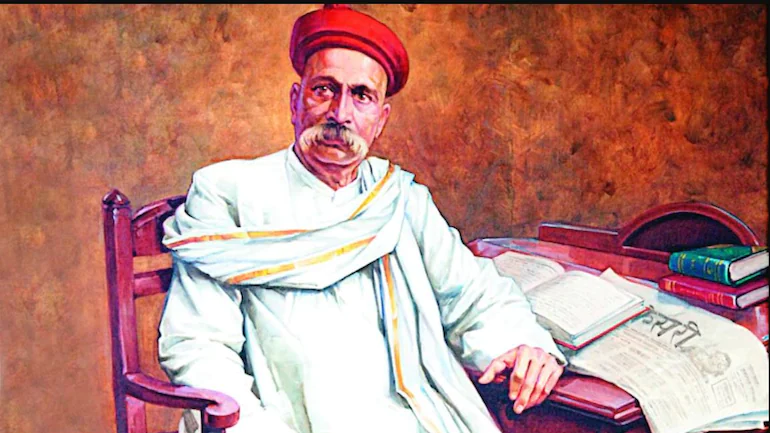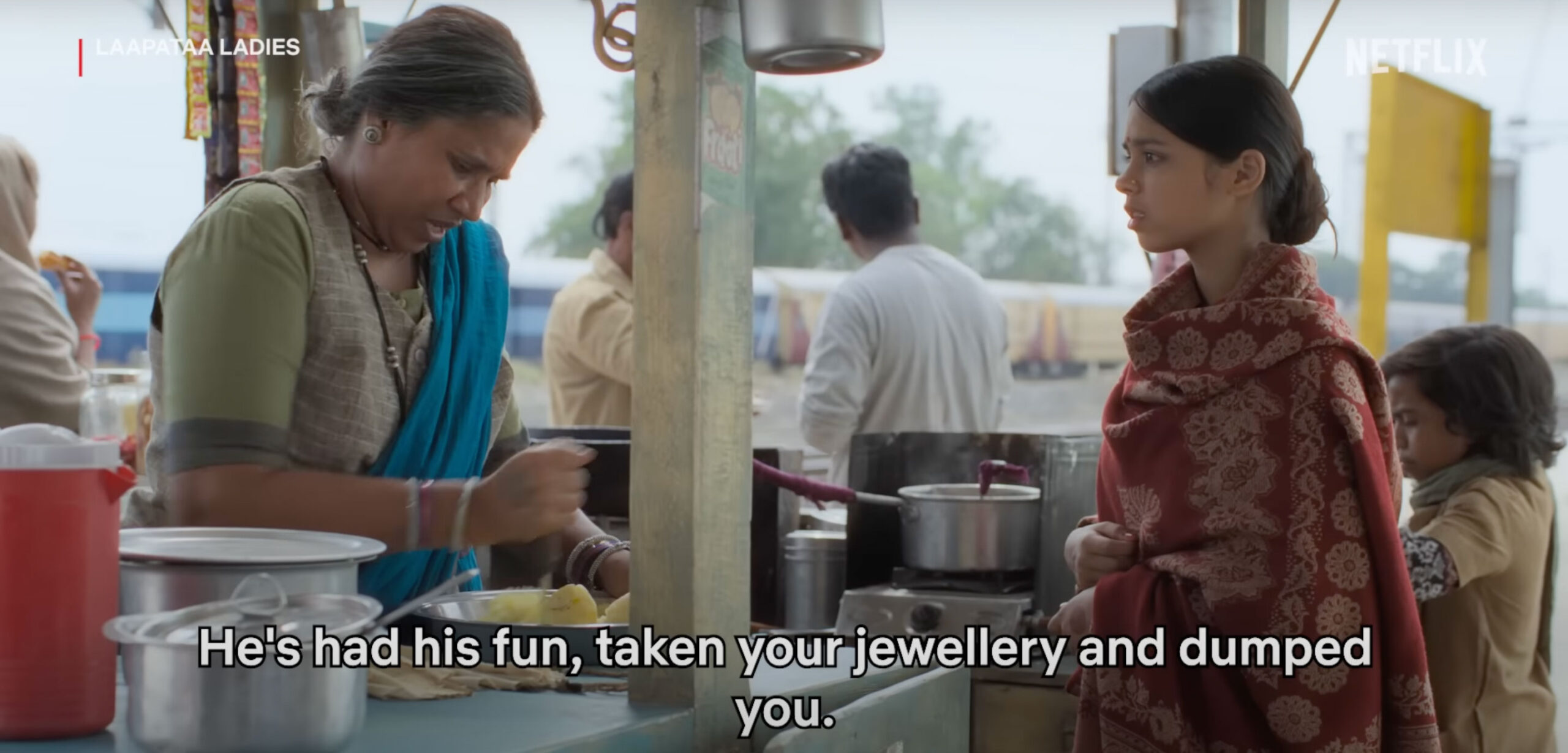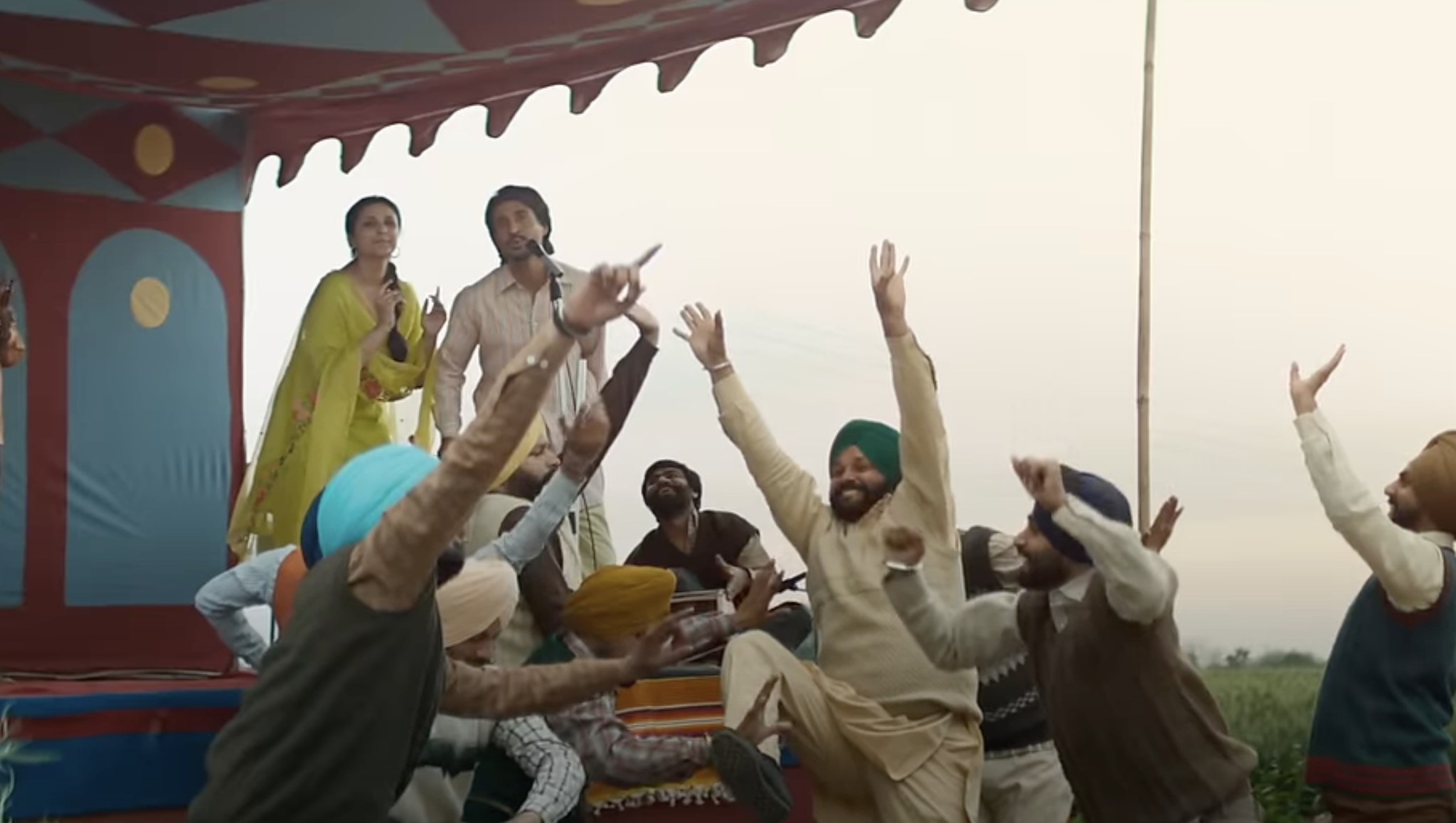The fall of the Peshwas, and the reform movement
It is not without reason that Bal Gangadhar Tilak (1856-1920) is considered the founder of Hindu nationalism. The fall of the Peshwas in 1818 came as a big shock to the Brahmins of Pune. It was not the end of the Peshwa rule that perturbed them, rather it was that the advent of the British (East Indian Company) rule in India meant the end of the rule of the Varna system. The new rulers gave certain freedoms to the Shudras, which were not available to them under the rule of the Peshwas. For instance, in the area administered by the Peshwas, the Shudras had to hang a pot from their neck and tie a broom to their waist so that the ground wouldn’t be polluted by their spit and the broom would erase their footprints. The British freed them from this slavery. The Shudras got the right to education as well as other rights that were denied to them. Bajirao II was the Peshwa when the East India Company defeated the Marathas in the battle of Khadki. Dhananjay Keer, a biographer of Tilak, Phule, Ambedkar and Savarkar, has written that the Brahmins, whom Shivaji had scrupulously kept out from his administrative machinery, had turned into a privileged ruling class during the rule of Bajirao II. They were not to be punished for any crime. During famines, the government helped only the Brahmins and left the others to suffer. The behaviour of the functionaries of the State and Amritrao, the adopted son of the Peshwa, with the working class was extremely inhuman. If a farmer could not pay taxes owing to famine or drought, boiling oil was poured on their children. A big stone would be placed on their back and they would be whipped. Gunpowder would be detonated near their bent heads and navel so that they suffocated. The Peshwa rulers believed that the lower classes had been born to serve the upper classes.[1]
About these Peshwas, Tilak wrote in the editorial of his newspaper Maharatta on 20 August 1893, “Had the British not come to India, the Peshwas would have been ruling the entire country.” The Brahmins thus wanted expansion of the empire of the Peshwas, not its end. If the Peshwas had ruled the entire country, that would have meant horrific oppression of the Shudras, women, cultivators and working class. Didn’t Tilak know how miserable women were under the rule of the Peshwas? Dhananjay Keer writes that stricken with fear, the women of Wai (a town in Satara district today) committed suicide when they came to know that the convoy of Bajirao would pass through their town. No wonder, no one, apart from the Brahmins, condoled the end of the Peshwas. Most happy were the women who said, “We are happy that there is now no more the rule of Bajirao II. The scoundrel has met the fate he deserved.”[2]
But despite the fall of the Peshwas, the Brahmins continued to dominate society. They were opposed to social reforms. Even under British rule, the Brahmins were not ready to give non-Brahmins any concessions that went against the tenets of the Varna system. The British rule had served to loosen the shackles of the caste system. Some Brahmin priests could dare to perform Vedic rituals for non-Brahmins, even though it was a violation of the religious code of conduct. Similarly, there arose a class of English-educated Brahmins which questioned the utility of the religious scriptures. The third rebel group came from the Shudras, which questioned the domination of the Brahmins. Jotirao Phule, the great social reformer, belonged to this group of the Shudras. He did revolutionary work for opening the doors of education to the Shudras and wrote a seminal book, Gulamgiri, which, with its scientific reasoning, blew to smithereens the brahmanical scriptures and their theory of incarnations.
In 1818, the year when the rule of the Peshwas ended, a Brahmin performed a Vedic ritual for the goldsmiths of Ahmednagar. The Brahmins of Pune announced a social boycott of the rebel and demanded from the government that the goldsmiths be punished for lowering the dignity of the Brahmins! The government ignored their demand. The Brahmins of Pune then held a Panchayat and issued a strict diktat that the families of goldsmiths not participate in Vedic rituals; that they greet others with a “Ram-Ram” and not “namaskar”; and that they wear a double-layered dhoti, and not a single-layered dhoti that the Brahmins wore.[3]
But despite all this, the reformists continued with their campaign against the brahmanical religious tenets. Reformist Brahmins like Shastri Jambhekar, Bhau Mahajan and Gopal Hari Deshpande, braving stiff opposition from conservative Brahmins, continued to oppose child marriage and support education of women. Govind Ranade, a Brahmin, and his associates founded the Prarthana Samaj in 1866. Those wanting to become members of the organization had to fulfil two conditions: Eat roti cooked by a Christian and drink water served by a Muslim. Ranade opposed the caste system, saying that it had divided Hindu society; it gave special privileges to a few and imposed restrictions on many. The Prarthana Samaj admired the Bhakti movement and considered Buddha, Jesus and Sant Tukaram as its ideals. The members of the Samaj used to sing Abhangs of Tukaram in their morning prayer. [4]
Seven years after the founding of Prarthana Samaj, Jotirao Phule established the Satyashodhak Samaj in Pune in 1873. He realized that even reformist Brahmins did not talk of dismantling the Varna system and were yet to break free from retrograde practices.[5] Phule not only rejected the Varna system and discrimination based on caste but also the scriptures that sanctioned them. That was something the Brahmin social reformers could not gather the courage to do. Phule’s thinking was shaped by the knowledge and science tradition of the West and the struggle of the African Americans. Phule opened the first school for the Untouchables and girls in India. Dhananjay Keer writes that before Phule, India did not have a modern education system. Some upper-caste Hindus used to run private schools in which Brahmins taught Sanskrit, grammar and philosophy. The Shudras and the women were not allowed to acquire an education. That is the reason Phule launched schools for the Shudras, the Atishudras and the women to equip them with knowledge and consciousness and thus empower them to break the chains of slavery.[6] Phule educated his wife Savitribai, who began teaching girls in their schools. However, the Brahmins did not support Phule’s endeavours.

In the introduction to his book Gulamgiri, Phule has given a heart-rending account of the atrocities committed by the Brahmins on the Shudras and has praised the British rulers for ameliorating their condition. G.P. Deshpande[7] has drawn parallels between this article by Phule and Karl Marx’s 1853 article on India titled “The Future Results of British Rule in India”. Marx wrote, “England has to fulfil a double mission in India: one destructive, the other regenerating the annihilation of old Asiatic society.” While Marx was writing about the future of the British Raj in India, Phule was thinking about the future of India under British rule. Phule welcomed British rule, hoping that it would annihilate the brahmanical system. Phule wrote that the Untouchables could no longer bear the atrocities of the Brahmins. He wrote that they longed for their freedom from these atrocities just as a prisoner longed to meet his friends, brothers, sisters and children and move about freely. “The all-merciful Providence took pity on the Shudras and brought about the British raj to India by its divine dispensation which emancipated the Shudras from the physical (bodily) thraldom (slavery). We are much beholden to the British rulers. We shall never forget their kindness to us. It was the British rulers who freed us from the centuries-old oppression of the Bhat and assured a hopeful future for our children. Had the British not come on the scene (in India) (as our rulers) the Bhat would surely have crushed us in no time (long ago).[8]
The ideology of Phule’s Satyashodhak Samaj had a transformational impact on the Shudra community. After his death, Mahar untouchables formed different organizations to take his work forward. They opted for a distinct Mahar identity, based on the Bhakti movement and boycotted the religious rituals imposed by brahmanical Hinduism.[9]
Around the same time, in 1875, Dayanand Saraswati, a Gujarati Brahmin, founded Arya Samaj and launched a radical movement against the Sanatani Brahmins. According to Parimala V. Rao, in Maharashtra, Phule and Mahadev Govind Ranade supported the Arya Samaj movement. That was because Dayanand Saraswati laid stress on loosening the shackles of the caste system, not marrying off underage girls, widow remarriage and education of women. As a reformer, Swami Dayanand strongly opposed the thrusting of permanent widowhood on women and even described the Brahmins as murderers of their daughters. Phule assailed the Aryans for oppressing the Shudras and praised the teachings of Dayanand Saraswati and Arya Samaj on this count.[10] Dhananjay Keer writes that the Sanatani Brahmins were so incensed with the teachings of Dayanand Saraswati that they began baying for his blood. When Dayanand Sarawasti agreed to visit Pune on the invitation of Ranade, the reformists decided that on his arrival, he would be led through the city in a procession. The Sanatani Brahmins declared that they would stop the procession. The reformists then appealed to Phule for help and the latter asked all his followers to join the procession.
On 5 September 1875, Dayanand Saraswati, seated on an elephant, was taken through the city in a procession. The procession drew a huge crowd. Ranande and Phule walked at the head of the procession. The Sanatani Brahmins took out a procession from another point and took along a decorated donkey named Gardhabhanand for the occasion. The two processions came face to face and clashed. Ranade had already arranged for police protection. The police used lathis to chase away the protestors.[11] According to Parimala Rao, Bal Gangadhar Tilak was among the leading opponents of Dayanand Saraswati and it was one of Tilak’s followers, Ramchandra Naatu, who had attacked Dayanand. The Chitpawan Brahmin landowners of Pune felt the threat of the simultaneous emergence of three different revolts. The first was the renaissance movement led by Dayanand, who was demanding that the people of all castes be entitled to acquiring Vedic knowledge. The second was the Prarthna Samaj movement, which was seeking immediate dismantling of the caste system and compulsory education for all. And the third was the Satyashodhak Samaj movement, which had turned non-Brahmins into priests. Besides them, another development in the Deccan was troubling them. The farmers of the region had revolted against the moneylenders, most of whom were Chitpawan Brahmins, putting an end to their 200-year-long socio-economic domination.[12]
Here it would be pertinent to mention that while Phule admired Dayanand for supporting the cause of education for the Untouchables and women, the latter had titled his book Satyarth Prakash, published in 1875, after Phule’s Satyashodhak Samaj. Like Gulamgiri published in 1873, Satyarth Prakash was also written in a question-answer format. That is not all. In his Gulamgiri, Phule rejected the theory that the god took incarnations. Similarly, Satyarth Prakash also asserts that the god never takes the form of earthly beings.
The Arya Samaj could not strike roots in Maharashtra for the following reasons. First, the caste system had been strengthened to such an extent by the Brahmin Peshwa rulers that the Hindus were simply not ready to abandon it. Second, the people of Maharashtra could not grasp the Vedic religion propounded by Dayanand Saraswati. Third, the reactionary Sanatani Brahmins of Pune had successfully branded all those working for reforming society, eliminating untouchability and establishing equality and social justice, as enemies of the Hindu religion and country.[13]
The movements launched by Ranade and Phule in the 19th century could not change Indian society. In the 20th century, Ambedkar fought for more than three decades for the annihilation of caste and for establishing an equitable society. However, the Brahmins blocked his attempts to bring about changes in society. Why don’t the Brahmins not want change? Why don’t they want to change themselves? Why have the voices of the social reformers drowned in the din created by a handful of Sanatani Brahmins? Why even in the 21st century, Brahmanism continues to block the path to social reform? The answer to all these questions is that the day the Brahmins will accept that the principles of social justice and equality should override the tenets of the Varna system, that day they will lose their status as the governing class – and that is something they do not want.
The Chitpawan Brahmins organized themselves to counter the threat posed by the social-reform movements. They constituted their “nationalist groups” to ignite a counter-revolution against the social-reform movement. The Chitpawan Brahmins who joined these groups included Vishwanath Narayan Mandlik (who was associated with the Peshwas), Mahadev Ballal Namjoshi, Vishnu Shastri Chiplunkar and Bal Gangadhar Tilak. All three launched their own newspapers – Mandlik launched Native Opinion in 1864; Chiplunkar, Nibandh-Maala in 1874; and Tilak, Kesri in Marathi and The Mahratta in English in 1881. They used these newspapers to counter the ideas of Prarthana Samaj, Phule and Dayanand Saraswati and to launch a campaign to establish the supremacy of Hindu culture and civilization.[14]
In his speech on “Ranade, Gandhi and Jinnah”, Ambedkar said, “The intelligentsia was divided into two schools – a school which was orthodox in its belief but unpolitical in its outlook, and a school which was modern in its beliefs but primarily political in its aims and objects. The former was led by Mr Chiplunkar and the latter by Mr Tilak. Both combined against Ranade and created as many difficulties for him as they could.”[15]
References
[1] Dhananjay Keer, Mahatma Jotirao Phule, Father of Indian Social Revolution, Popular Prakashan: Mumbai, Second edition 1974, p 4
[2] Ibid, p 5
[3] Parimala V. Rao, Foundation of Tilak’s Nationalism, Orient Blackswan: New Delhi, 2011, p 7
[4] Ibid, pp 11-12
[5] B.N. Ganguly, Concept of Equality, Indian Institute of Advanced Studies: Shimla, 1975, p 5
[6] Dhananjay Keer, Mahatma Jotirao Phule, Father of Indian Social Revolution, Popular Prakashan: Mumbai, Second edition 1974, p 4
[7] G.P. Deshpande, Selected Writings of Jotirao Phule, Leftword Books: New Delhi, 2002, p 18
[8] Jotirao Phule, Gulamgiri, Trans. Prof P. G. Patil, Government of Maharashtra, 1991, p 30
[9] Parimala V. Rao, Foundation of Tilak’s Nationalism, Orient Blackswan: New Delhi, 2011, p 14
[10] Ibid, pp 16-18
[11] Dhananjay Keer, Mahatma Jotirao Phule, Father of Indian Social Revolution, Popular Prakashan: Mumbai, Second edition 1974, p 139
[12] Parimala V. Rao, Foundation of Tilak’s Nationalism. Orient Blackswan: New Delhi, 2011, p16
[13] Ibid, p 138
[14] Ibid, pp 17-18
[15] Dr Babasaheb Ambedkar: Writings and Speeches, Volume 1, p 218
(Translation: Amrish Herdenia)
(To be continued)
Forward Press also publishes books on Bahujan issues. Forward Press Books sheds light on the widespread problems as well as the finer aspects of Bahujan (Dalit, OBC, Adivasi, Nomadic, Pasmanda) society, culture, literature and politics. Contact us for a list of FP Books’ titles and to order. Mobile: +917827427311, Email: info@forwardmagazine.in)
The titles from Forward Press Books are also available on Kindle and these e-books cost less than their print versions. Browse and buy:
The Case for Bahujan Literature
Dalit Panthers: An Authoritative History






